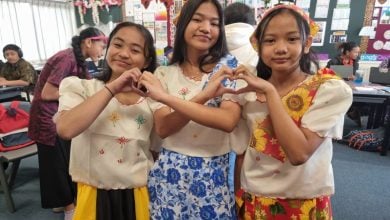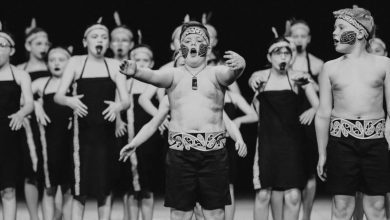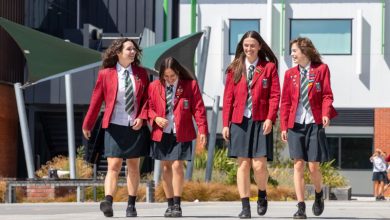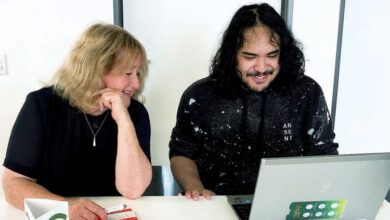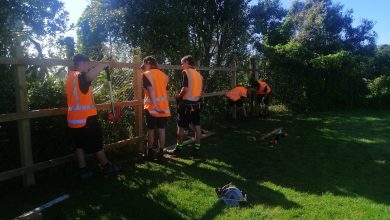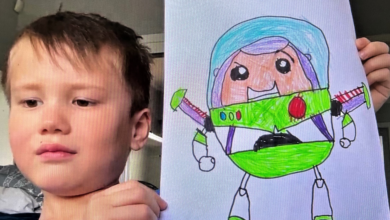Mt Hobson Middle School: Quality education provided with small class sizes
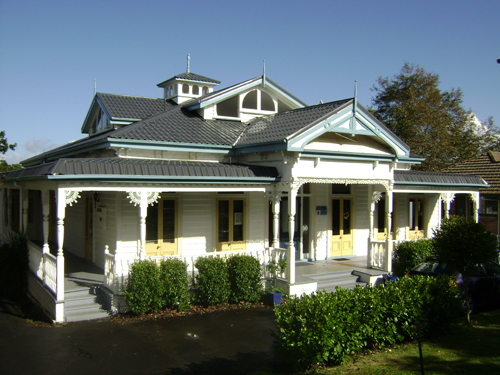
 Convinced that small class sizes was the key to providing a top-quality, 21st-century education, especially for 11 to 14 year-olds
Convinced that small class sizes was the key to providing a top-quality, 21st-century education, especially for 11 to 14 year-olds
in the important pre and early secondary years, Alwyn Poole established Mt Hobson Middle School in a specially modified 1900s’ Auckland villa in 2003. Eight years on, his convictions are still proving valid, with numerous success stories continually being reported by satisfied parents.
“Our school has a maximum of 48 students, with a ratio of 12 students to one teacher per class, which I consider is absolutely ideal,” says Poole. “Having small classes means the teachers get to know the students incredibly well, especially in terms of their strengths, weaknesses and interests.”
Poole adds that this allows for regular, high-quality feedback to students and their families on a very regular basis.
Another key advantage of small classes is that students can be taught according to their individual abilities.
 “All our students have individual aspects to their programmes, which enables our teachers to cater for everyone, including those with very high ability as well as students who bring a range of abilities to their learning environment.
“All our students have individual aspects to their programmes, which enables our teachers to cater for everyone, including those with very high ability as well as students who bring a range of abilities to their learning environment.
“Our students come from right across the Auckland region and like any school, we have a cross-section of students – those who struggle, and those with ability and enthusiasm who want to achieve at the highest level. With the curriculum model we use and small classes we know we can provide so much more for all our students.”
The school day is divided into morning and afternoon programmes. The morning programme is academic, with the New Zealand curriculum being covered, and students attending three full classes in their core subjects – maths, English, science, social studies and technology. Students also have another independent hour in the morning, with teacher assistance available if required, during which they work on cross-curricula (integrated) projects. The aim of this is to enable the students to broaden their range of knowledge and develop a skill set that includes thinking, planning, researching, writing up, referencing, organising and presenting.
“The tasks they are set in this time take all learning styles into account, and they are required to complete eight five-week projects a year,” says Poole. “Examples of the topics they cover are animals, architecture, flight and space, New Zealand places and people, Shakespeare at the Globe, business in action, and many more. So, as can be seen, they are exposed to an enormous variety of information from which they prepare their projects.”
The afternoon programme covers music, art, sport, community learning and community service. Music and art are taught by specialists in their fields, Poole says.
“For sport, we do it in five-week modules using high-quality local facilities such as Olympic-size swimming pools, and specialist coaches.
Community learning involves field trips to some of the feature places in Auckland, such as the Auckland Museum, and we also regularly invite guest speakers and specialist tutors to come to the school to present to the students.”
Community service is regarded as a major aspect of the programme with the Year 9 and Year 10 classes contributing weekly to local groups and the Year 7 and Year 8 classes undertaking a beach clean-up in association with the Sir Peter Blake Trust.
“We also run whole school community service programmes, and for the past two years the school has raised over $10,000 for the World Vision 40 Hour Famine. We believe that is absolutely outstanding for a school of our size,” says Poole.
The values in the school are openly based on Christian principles, Poole says, and while the students come from all types of background, the expectations placed on them are high in terms of effort in all their endeavours, behaviour, relationships with each other and respect towards everyone they interact with in the school community.
He says the staff work hard to build relationships with the parents and notes that a key feature of the school model is this partnership.
When the time comes for the students to move on to secondary school, which may be a zoned high school or a private school, they take with them documented improvements in their ability levels and skills.
“We find that our students go on to do well over the range of qualification options,” says Poole. “Adjusting at Year 11 seems easier for most than changing at Year 9 as they have more maturity, a wider range of knowledge and skills and have missed the early years at high school, which are often less than helpful for many students.”
Poole and his teachers at Mt Hobson Middle School have long been frustrated knowing that many more New Zealand school students could benefit from their education model, but with limited space on their Remuera Road site, they are unable to increase their numbers.
However, students in the Wellington region will have access to the model from 2012.
“Our long-term aim is for the Villa Education Trust to oversee the development of a number of schools throughout the country based on the same model, and we are thrilled that a new school based on our model is opening in the Hutt Valley at the beginning of next year.
“We are taking enrolments now and we welcome enquiries from parents who want to provide their children with a quality education that will set them up for their secondary education and a successful future on whatever path they choose,” says Poole.

